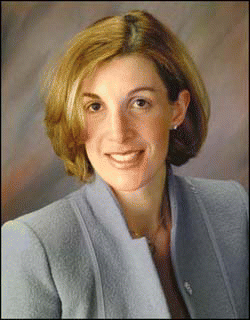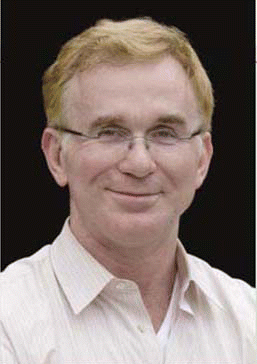Physicians are changing the way they think about rejuvenating the aging face. Patient options are no longer limited to injection of foreign fillers, surgical tissue removal, or tightly stretched skin. Increasingly, surgeons are choosing to inject autologous fat to plump up and restructure facial volume.
Explore This Issue
May 2006An often used analogy is the youthful grape and the aged raisin.
Why cut the raisin down to a pea; that doesn’t look like a grape, said Samuel Lam, MD, an otolaryngologist-head and neck surgeon and facial plastic and reconstructive surgeon at the Lam Facial Plastic Surgery Center in Plano, Tex. You need to re-inflate it back to a grape.
Laxmeesh Mike Nayak, MD, Assistant Professor of Otolaryngology-Head and Neck Surgery and Chief of Facial Plastic and Reconstructive Surgery at St. Louis University (Mo.), concurs. You can’t just cut away ‘extra’ skin; you have to re-inflate it to replace the lost volume. Fat’s role is to plump up areas that have hollowed over time.
But why has it taken so long for fat grafting to gain popularity with head and neck, plastic, and dermatologic surgeons? After all, the procedure is more than 100 years old, dating back to 1893 when Franz Neuber in Germany used a patient’s own fat to fill scarred tissue. Prior to the 1990s, however, few patients experienced long-lasting fat grafts, primarily due to adipose tissue damaged during high-pressure harvesting or harmful processing procedures such as washing and excessive exposure to air.
You have to place it in very small portions with each pass…If parcels of fat are touching each other, there is no way for the blood supply to get to the middle of that clump. – -Sydney Coleman, MD
Modern Techniques Mitigate Problems
Sydney Coleman, MD, Clinical Assistant Professor of Surgery at New York University and a private practice plastic surgeon in New York City, is considered a pioneer in modern fat grafting techniques. In the early 1990s, he perfected a method of negative-pressure harvesting by hand with a 10 mm syringe and blunt cannula, processing with a short standing time and gentle centrifuging, and injection of minute amounts of fat in multiple passes.
You have to place it in very small portions with each pass, he said. That’s probably the most significant thing I figured out. Not just a big glob of fat next to other fat, but small portions placed close to capillaries. If parcels of fat are touching each other, there is no way for the blood supply to get to the middle of that clump.
 Suzan Obagi, MD, said that fat grafting facial rejuvenation should not be used with smokers, due to vascular constriction, or with individuals who take blood thinners, since bleeding may occur in the transfer area, killing the fat.
Suzan Obagi, MD, said that fat grafting facial rejuvenation should not be used with smokers, due to vascular constriction, or with individuals who take blood thinners, since bleeding may occur in the transfer area, killing the fat.Although some facial plastic surgeons have claimed that fat longevity is short because the transplanted tissue is quickly reabsorbed by the body, Dr. Coleman and others have experienced otherwise. He said that his patients 11 and 12 years out from their procedures still show improvement.

Leave a Reply